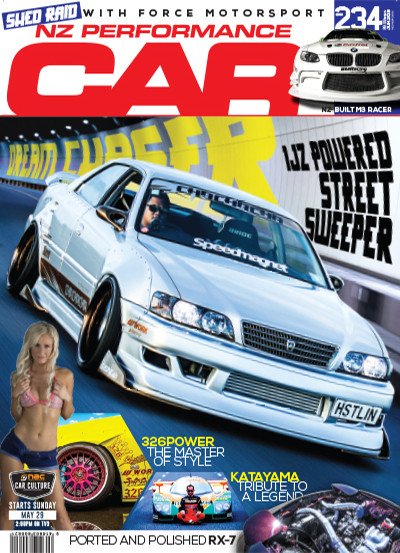data-animation-override>
“Yoshimi Katayama: the man, the legend, and what he meant to the automotive world”
The driver best known for his legendary victories under Mazda and development of the rotary engine, Yoshimi Katayama passed away, at the age of 75, on March 26, 2016. He leaves behind a legacy as the driving force behind some of Japan’s most iconic race cars, including the Mazda Savanna RX-3, RX-7, and Mazda’s Le Mans prototype race car, the legendary 787B.
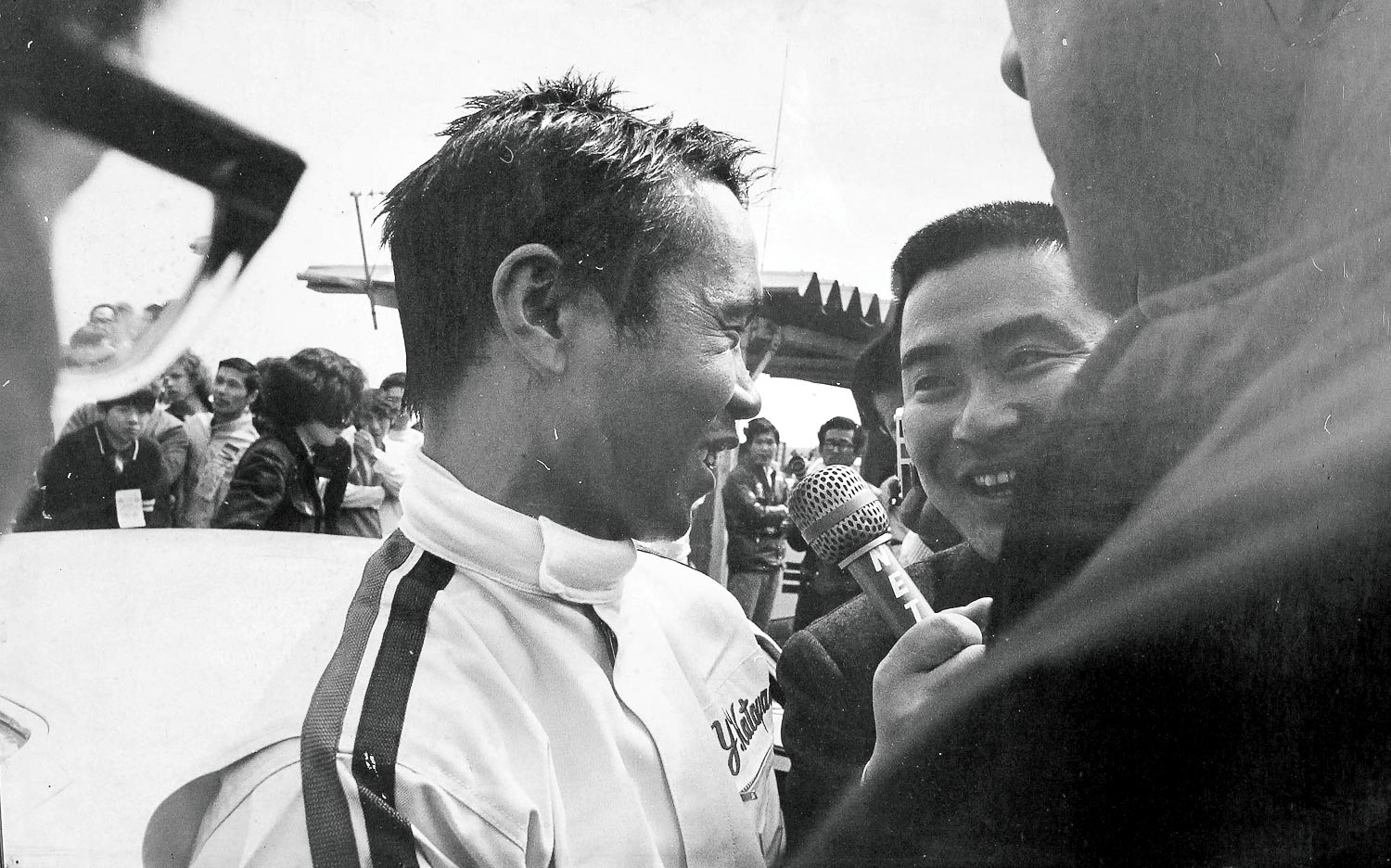
Born in 1940, Katayama-san had a rough childhood growing up in Hyogo Prefecture, leading him to pick up motorcycle racing to satisfy his daredevil nature. While working as a live-in apprentice at a local motorcycle shop, he religiously rode the touge of Mount Rokko each morning and was given the nickname ‘Rokko Legend’.
Katayama later rode for Yamaha in his first professional race at the 1961 All Japan Clubman Race, winning the 350cc class. Although Katayama competed as a successful rider for many years, he is most famous for his long-spanning career as an official factory driver for Mazda. The relationship between the Hiroshima carmaker and Katayama began when the latter signed on in 1964, albeit while still racing motorcycles.
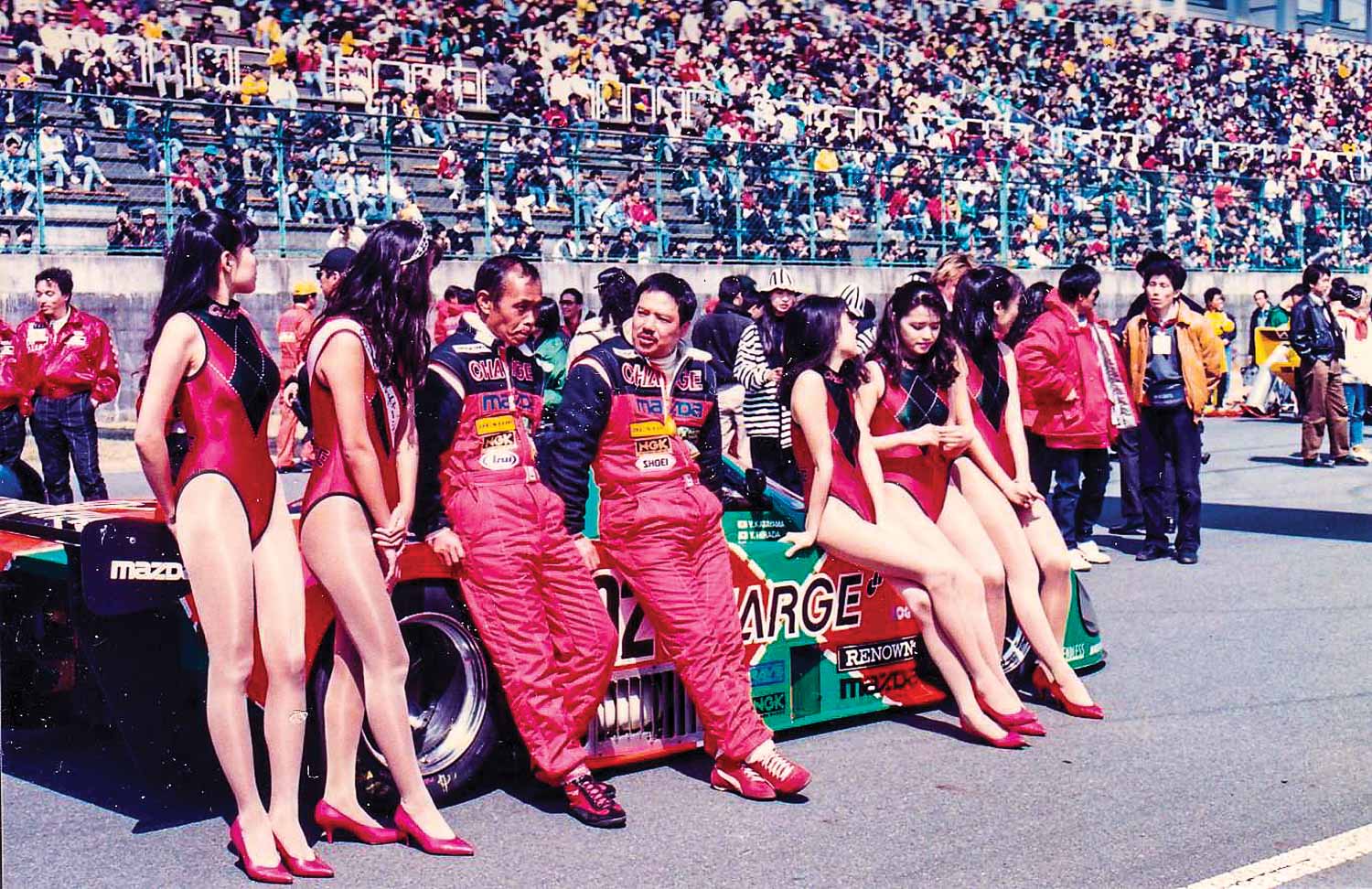
Making a humble debut, Katayama drove the Mazda Carol at the 1964 Japan Grand Prix. By the end of the ’60s, he had strayed away from motorcycles altogether and was racing cars full-time, most notably during Mazda’s on-track development of the rotary engine. Katayama was picked to pilot one of the Cosmo Sports that Mazda fielded at its first international motorsports exhibition running the rotary engine, during the 1968 Marathon de la Route (84 Hours of Nürburgring).
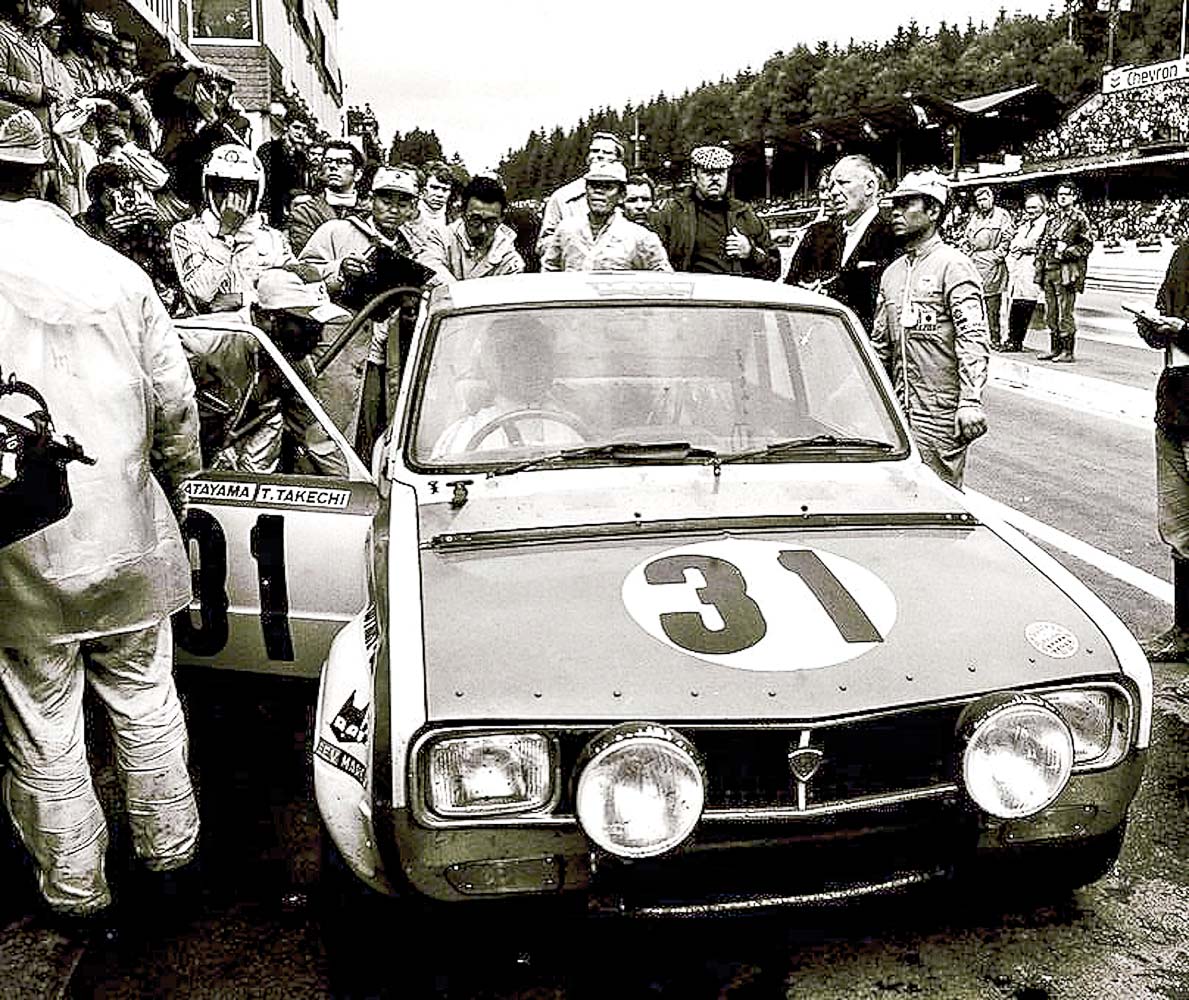
Although racing around the world with Mazda, Katayama was also known for his fierce driving on home soil in Japan’s touring-car races. He helped fine-tune Mazda’s new rotary engine in the Capella RX-2 and later became the key influence in the development of Mazda’s most intimidating track machine of all time — the Savanna RX-3. Katayama is perhaps most famous in Japan for his performance at the 1972 Fuji Masters 250, when he denied the Nissan ‘Hakosuka’ Skyline GT-R of its much-hyped 50th race win after taking the victory in his Savanna RX-3.

The infamous ‘Katayama flares’ were named after his green-on-yellow 1975 championship–winning Savanna RX-3, which was equipped with massive bubble flares. They have become an all-time favourite in Japanese car culture and are credited as the inspiration behind the development of modern examples such as the Rocket Bunny Pandem aero bodykits.
A talented wheelman, Katayama also became well-known for endurance racing alongside half-brother Takashi Torino (the pair were later referred to as the ‘Rotary Brothers’) and Yojiro Terada, driving the newly launched RX-7 to victory at the 1979 24 Hours of Daytona. In Europe, Katayama drove Mazda’s first Le Mans prototype in 1983, the 717C and led Mazda to commit to the Le Mans challenge.
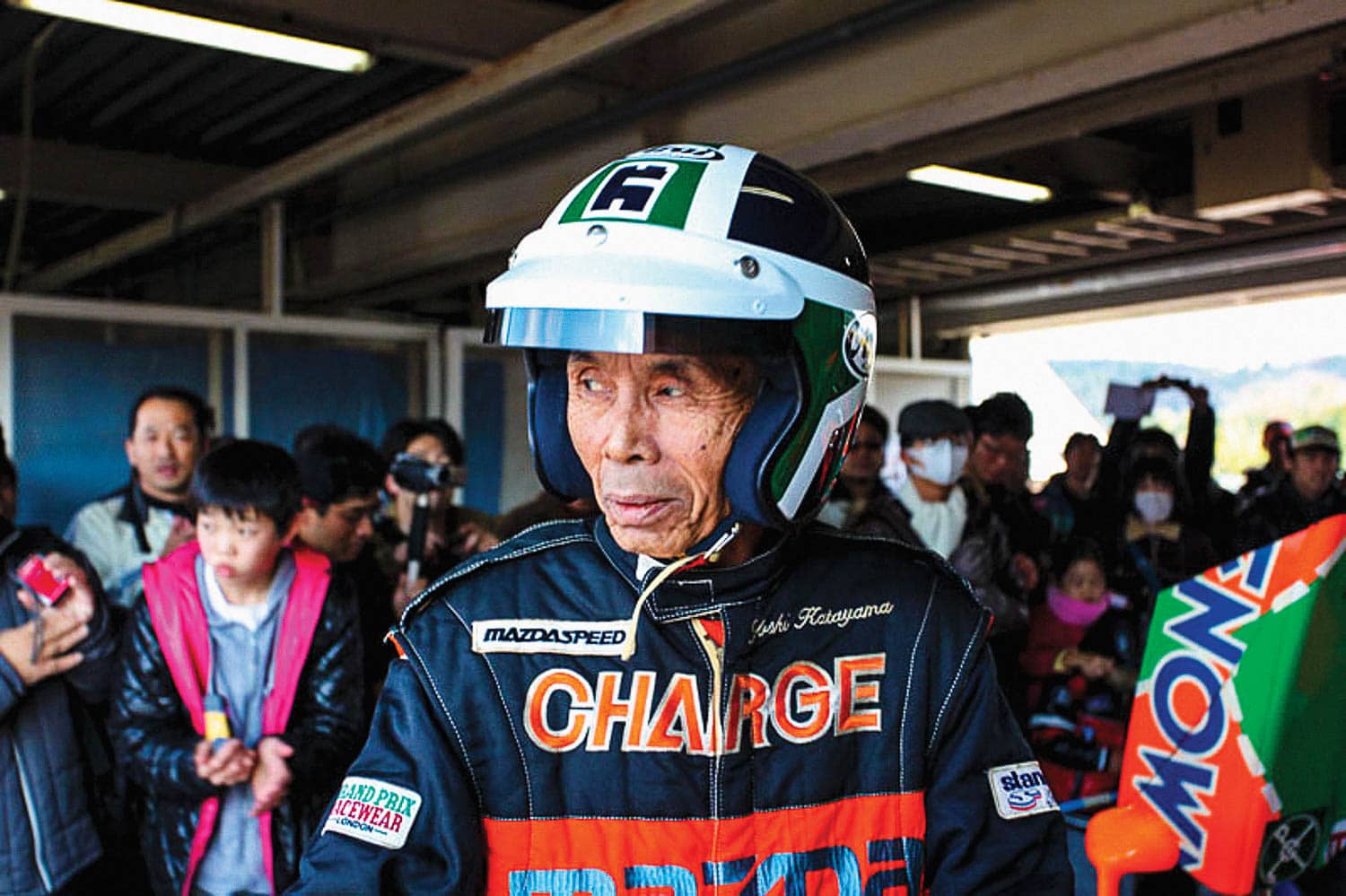
In 1984, Mazda took out a class win at Sarthe with Katayama behind the wheel of the 13B-powered Lola T616. Following the victory, Katayama was the pilot of every Le Mans prototype produced by Mazda up through to the 787B. Down under at the 1983 James Hardie 1000, held at the Mount Panorama Circuit in Bathurst, Australia, Katayama claimed a second-place finish co-driving with four-time winner Allan Moffat in a factory-supported RX-7. This came after his last visit to the circuit in 1977, when he spectacularly rolled an RX-3 at Murray’s Corner.
Katayama’s legendary racing accomplishments would require an entire book. His contributions to Mazda, motorsport and Japanese car culture are irreplaceable. The automotive world has lost a very important figure in its history; he will be missed.
This article can be found within the pages of the June 2016 issue of NZ Performance Car (Issue No. 234). Grab a print copy or a digital copy of the magazine now:
